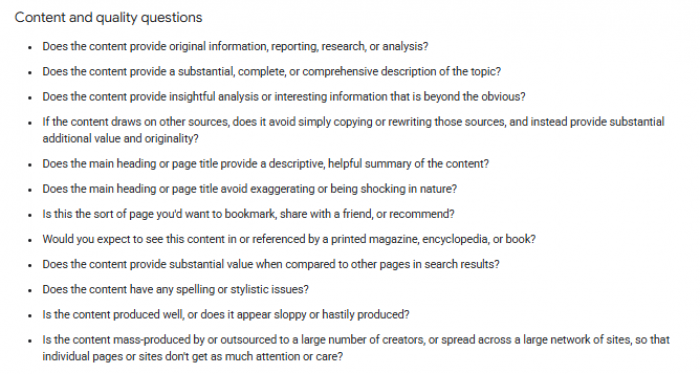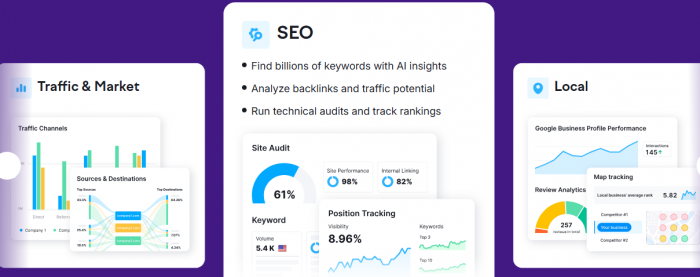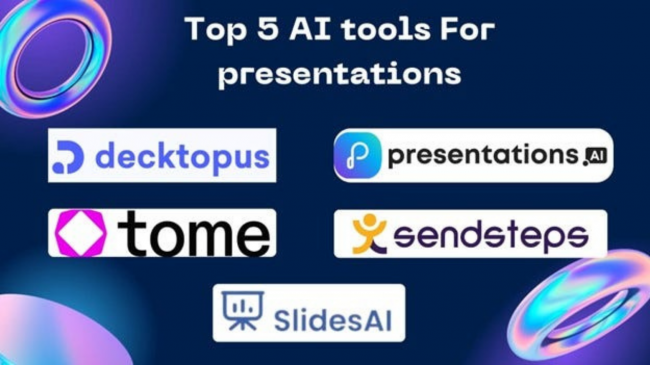On This Page
- What Is White Hat Link Building?
- White Hat vs Black Hat Link Building: What’s the Difference?
- How White Hat Outreach Is Conducted?
- 1. Identify High-Quality Targets
- 2. Personalize Every Pitch
- 3. Provide Supporting Value
- 4. Maintain Editorial Integrity
- Proven White Hat Link Building Techniques
- 1. Digital PR
- 2. Expert Roundups
- 3. Resource Page Inclusions
- 4. Unlinked Brand Mentions
- How to Measure Link Building Success?
- A Clean Approach to Link Building
- Choosing the Best White Hat Link Building Agency
- Final Thought: Link Building Isn’t a Hack — It’s a Mindset
Here’s something I didn’t expect in 2025: link building is still a thing, but it looks nothing like it did five years ago.
I remember helping a tech client back in 2022 who had been hit hard by a Google update. Their backlink profile was bloated with links from unrelated directories, low-value blogs, and expired domains. It wasn’t just ineffective — it was hurting their rankings.
We went back to basics. Cleaned up their link profile, built content people wanted to reference, and reached out to websites with real audiences. They recovered fully and now outperform competitors with bigger budgets.
That story isn’t unique anymore. Ethical link building, done right, is what wins.
But what exactly does "ethical" mean when it comes to links, and how does it differ from outdated or risky tactics? That’s where white hat link building comes in.
What Is White Hat Link Building?

White hat link building means earning backlinks naturally through quality content, real relationships, and editorial merit, not shortcuts.
Unlike link buying or PBN schemes, this method respects Google’s guidelines.
Examples include:
- Getting featured in a reputable publication
- Contributing expert commentary
- Creating useful resources that others reference
- Reclaiming unlinked brand mentions
Google’s search content guidance emphasizes “content created to help people, not to manipulate rankings.” and the questions needs to be addressed too.

But how does it differ from shady practices? Let’s break that down next.
White Hat vs Black Hat Link Building: What’s the Difference?
The contrast couldn’t be clearer:
| Approach | White Hat | Black Hat |
| Method | Earned via value-based outreach | Purchased, automated, or exchanged |
| Risk | Minimal, algorithm-proof | High (risk of penalties and deindexing) |
| Long-term ROI | High (compounds over time) | Low (often reversed by updates) |
| Google’s View | Compliant with guidelines | Direct violation |
Backlink manipulation using PBNs or link farms continues to be penalized.
So if you want to stay above board, the process matters. Here’s how that’s handled properly.
How White Hat Outreach Is Conducted?
White hat outreach isn’t about volume — it’s about precision.
Here’s how it typically works:
1. Identify High-Quality Targets
Sites are selected based on relevance, domain authority, and traffic, not just whether they’ll say yes. This includes editorial blogs, industry publications, and resource hubs like Search Engine Journal or HubSpot.
2. Personalize Every Pitch
Each email is crafted based on the site’s audience and existing content. Outreach that feels automated or pushy gets ignored. What works? Offering value first, such as a useful article, tool, or expert quote.
3. Provide Supporting Value
If you’re asking for a link, you’d better have something worth linking to. This might include a custom infographic, original research, or an industry insight not found elsewhere.
4. Maintain Editorial Integrity
White hat outreach avoids asking for exact-match anchor text or spammy placements. The link should be a natural part of the conversation, placed where it benefits the reader.
With the right outreach, high-value links become the byproduct of good collaboration — not persuasion.
Proven White Hat Link Building Techniques
Not every strategy is worth pursuing in 2025, but these still work:
1. Digital PR
Share original research, launch a campaign, or offer expert quotes to journalists using tools like Help a B2B Writer or HARO. If it’s newsworthy, you’ll earn links from sites like TechCrunch or Business Insider.
2. Expert Roundups
Roundups are low-effort, high-reward. If you’re cited in a post on Backlinko or Search Engine Journal, you gain a contextual, editorial link — often to your homepage or insights page.
3. Resource Page Inclusions
Many high-authority sites curate pages with recommended tools, blogs, and guides. If your content is relevant, it could be listed. Outreach to platforms like Neil Patel or SEMrush may result in placement.
4. Unlinked Brand Mentions
Monitor brand mentions using BuzzSumo (DR 85), then request a link where appropriate. These are warm opportunities that already signal some recognition.
These techniques are sustainable, scalable, and algorithm-proof.
How to Measure Link Building Success?
Success isn’t measured by link count anymore. Instead, look at:
- Organic search visibility in Google Search Console
- Growth in unique referring domains (via Ahrefs or SEMrush)
- Keyword movement for target pages
- Referral traffic from specific backlinks

If you’re tracking these metrics, you’ll know which links are driving value — and which aren’t.
A Clean Approach to Link Building
Some businesses opt to use a white hat link-building service to scale these methods while staying compliant with Google’s rules. These services focus on quality, transparency, and placement in real content, on real sites, with editorial approval.
An example of this kind of approach can be seen here at Web Juice Media, where the focus is on strategy, not shortcuts.
But before choosing any provider, make sure they’re a fit.
Choosing the Best White Hat Link Building Agency
Picking the right agency isn’t about size or price — it’s about process and trust.
Here’s what to look for:
- Editorial Focus: Do they earn links, or place them in link farms?
- Transparency: Will you see every domain and anchor before publication?
- Originality: Are they pitching recycled content or producing unique, useful assets?
- ROI Reporting: Can they connect link placements to rankings or traffic?
- Watch out for red flags: packages that promise 50+ links/month, DA-only metrics, or vague outreach tactics.
Agencies should build links like you would: carefully, honestly, and with purpose.
Final Thought: Link Building Isn’t a Hack — It’s a Mindset
SEO rewards patience, not shortcuts.
Links are still one of Google’s strongest signals. But only when they come from pages that make sense, from domains that have authority, and content that deserves to be cited.
If your link strategy is based on trust and real expertise, it will work — maybe not instantly, but reliably and repeatedly.
And in a constantly evolving search landscape, that’s the one thing that hasn’t changed.
Post Comment
Be the first to post comment!





